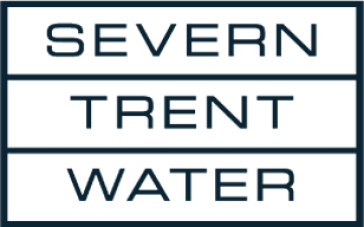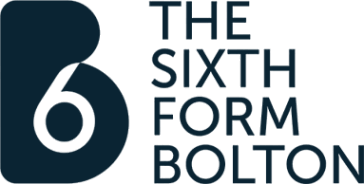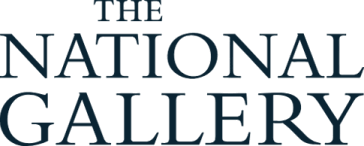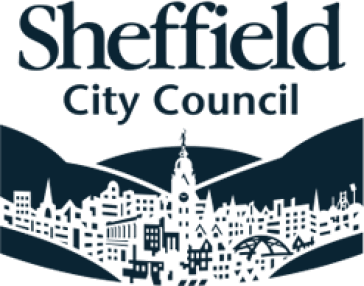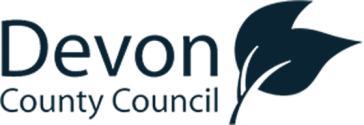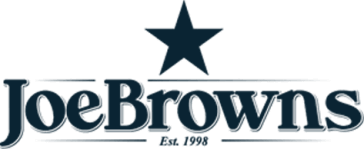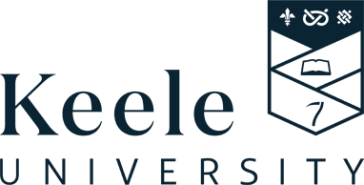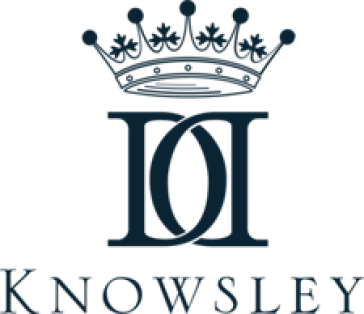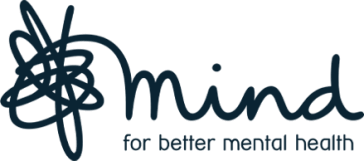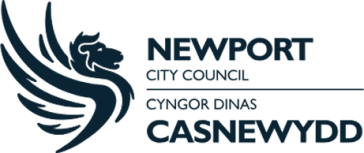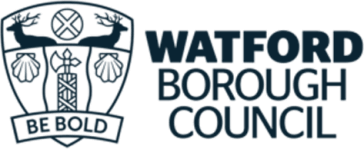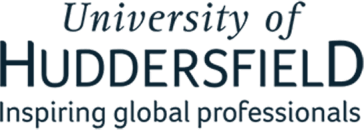3 March 2021
How to create virtual ‘water cooler’ moments
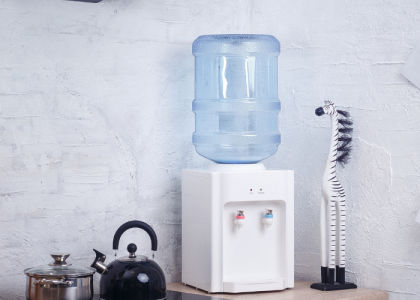
In this article, MHR’s Graham Johnson and Iain Fraser reflect on why water cooler moments are important in the workplace and how we can create them in a remote world.
It’s not all about work
The short trip to the water cooler was often used as a physical break from the desk, an opportunity to stretch your legs, take in a different view or perspective out of an alternative window, as well as the physical rehydration and re-energising gained.
It provided an opportunity to informally spend a few moments with colleagues, those from a different team or business area, and talk about the world outside the workplace, whether that be the weather, the traffic, or to dissect the weekend results for their favourite sports team.
It also provided a great opportunity to build relationships, perhaps support colleagues with advice and guidance or draw down a favour or two that doesn’t subsequently require a more formal meeting.
The unscripted un-recorded meetings can also be used to get unofficial insight, knowledge or a ‘heads up’ of some important news or initiative to ensure you are prepared and onside with such changes. The networking gained here can be invaluable in positioning yourself and your projects and avoid being side-lined.
Finally, they give you some rest from prolonged screen time and keyboard bashing for extended periods of the day. They also help the social animal within us. In a remote work environment, these could potentially be lost opportunities.
Here are the water cooler moments that we miss the most:
- Taking a break from prolonged screen time and a little physical activity to reduce muscular-skeletal injuries and improve wellbeing
- Interaction with colleagues and hopefully an opportunity for laughter
- The opportunity for formal and informal sharing of knowledge with colleagues
- Personal reflection time to reassess and put things into context or perspective
- Develop ongoing and build new professional relationships
The impact of remote working
Since we entered the various lockdown phases and the general shift to remote working a lot has been written and discussed how employees and businesses can utilise and embrace these new working practices.
However, on the flip side, lots of thought has been shared on the importance of not losing the unscripted, informal interactions gained from the face-to-face often chance meetings such as those we would encounter in the physical workplace.
There is a danger that these impromptu opportunities to catch up informally and bounce ideas off one another or seek clarification over an issue will be lost. The spontaneity triggered by a chance unplanned interaction with a colleague cannot be underestimated when compared to having to arrange a formal Teams / Zoom meeting or an email chain to discuss a particular topic or issue.
Here's what you get when you don’t have those unplanned, informal interactions:
- Limited breaks with continuous screen time exposure with back to back virtual meetings
- Limited social interaction with colleagues and reduced opportunities for laughter and fun
- Information overload through various channels such as Teams, Zoom, Slack, and emails reducing the spontaneous and informal sharing of knowledge with colleagues
- The virtual day of back to back meetings may cause a reduction in reflection time to reassess and put things into context or perspective
- With the remote dispersed work environment, it can result in people feeling detached, lonely and fractured from the organisations culture and values
What can we do about it?
Whether you’re back in the office socially distanced, working from home or a combination of the two, here are just a few examples of how you can bring back those virtual water cooler moments and improve your wellbeing at the same time.
- Set a daily alarm call to ensure you get up and mobilise and even create a virtual or replacement commute – walking or running – as if you were going to the office
- Use an online platform as an ad hoc messaging tool for quick comments and suggestions together with positive attachments, links, or images that allows both informal sharing and work-based conversations to occur
- Limit the proliferation of various outlets and providing a hub for all communication channels including discussion boards to share ideas to help alleviate information overload
- Utilise check-ins and being able to talk to your line manager about how work is going. This gives the opportunity to reflect, reassess and put things into context or perspective both now and in the future
- Use a platform that can help to create informal weekly business updates
- Use the first five or 10 minutes of a team call to have those non-work-related conversations
Conclusion
We both recommend that you find out and understand what is important for your individual wellbeing, concentration, stimulation, and the most effective way for you to effectively communicate and interact with your colleagues. The situation we find ourselves in maybe the most challenging of times that we have experienced, but this also could be the most exciting of times as the future of work changes, potentially, forever.










